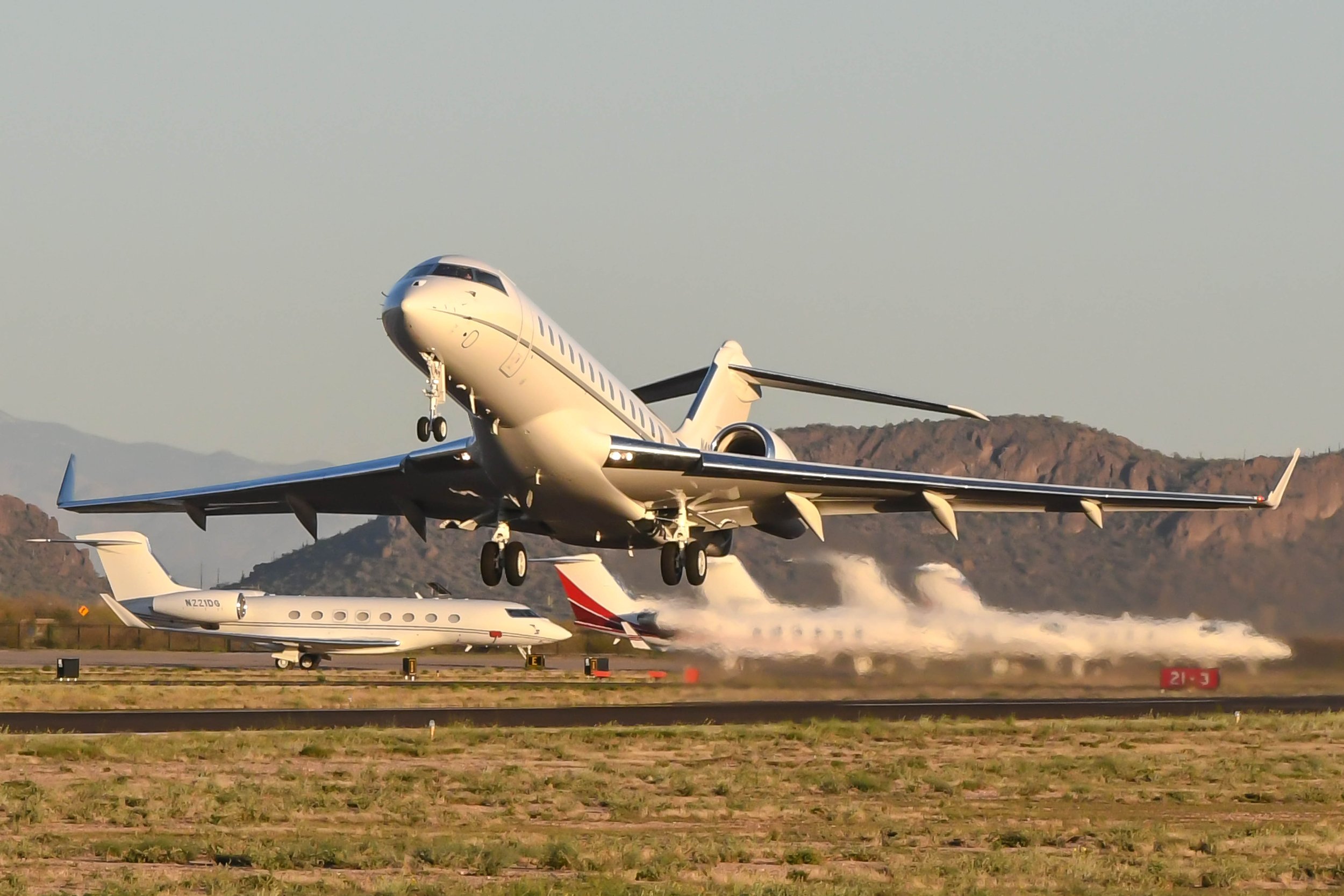Birds pose a significant threat to aircraft. Orville Wright is believed to be the first pilot involved in a bird strike in 1908. The first recorded fatality resulting from a bird strike occurred in 1912. According to the FAA, bird strikes cause over $600 million in damages annually.
Over the past two decades, the bird population in the United States has been on the rise, including larger bird species. The number of Canada geese has tripled in the last ten years, with over 5 million now residing in the country. These ge have an average weight of 12 pounds. Additionally, between 500 million and 1 billion birds migrate over the United States each year. This is why bird strikes are more common during the migratory season, which takes place from July to November. While most bird strikes happen during the day, approximately 25 percent occur at night. Birds can be observed flying at altitudes above 20,000 feet, although their typical range is around 7,000 feet above ground level.
To deter birds at airports, many use a device called the bird cannon. This sound-emitting apparatus frightens and disorients not only birds but also other wildlife. The pressure-regulated sonic blast produced by the cannon can reach up to 125 decibels, equivalent to the sound of an approaching ambulance or a jackhammer on the street. Typically powered by a five-gallon propane tank, the cannon emits blasts at 20-minute intervals. It can operate unattended for extended periods, covering an area of approximately five acres with its noise.
While the Bird Cannon has its advantages, such as being effective in scaring away birds, it also has some drawbacks:
Noise pollution: The Bird Cannon produces loud explosive sounds to frighten birds. This can cause noise pollution, which may disturb nearby residents, workers, or animals.
Habituation: Birds can become accustomed to the repetitive sounds of the Bird Cannon over time. They may eventually learn that the loud noises are not harmful and ignore them, reducing the effectiveness the device.
Limited coverage: The range of the Bird Cannon's sound projection is limited. It may not effectively cover large areas, requiring multiple cannons to be deployed for comprehensive bird control.
Maintenance and operation: The Bird Cannon requires regular maintenance, including refilling fuel and ensuring proper functioning. Additionally, someone needs to operate and monitor the device, which can be time-consuming and labor-intensive.
It's important to note that advancements in bird control technology are continually being made, you can try to use the Pestman Bird Repellent to control bird problems at airports.






